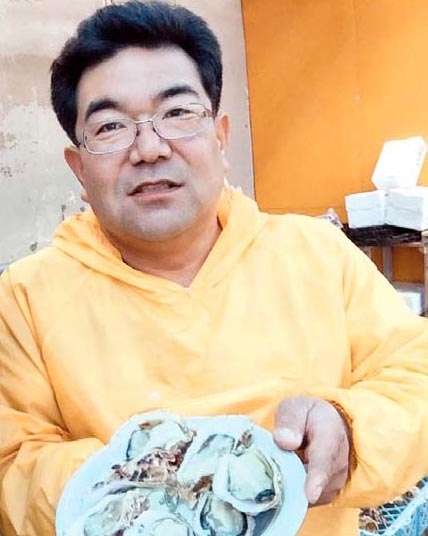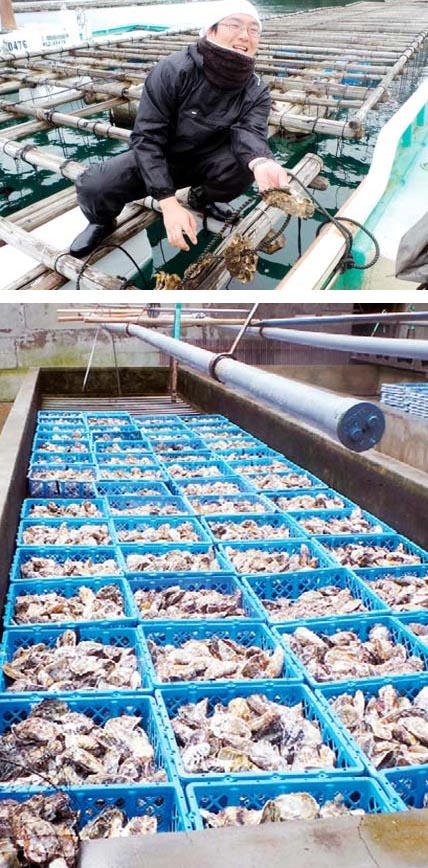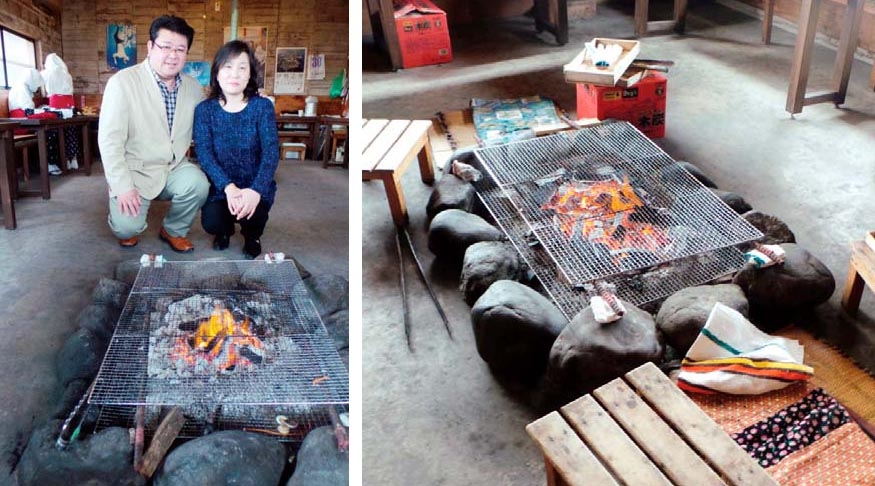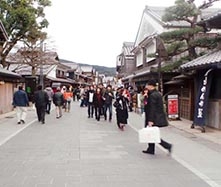SPOT
Tenri and Nara: Cities of history and religion
September 20, 2016

Ise-Shima Island
Judo city
We traveled from Tokyo south to Tenri through Kyoto station. This city has many landmarks, and is most notable for being the capital of judo, which was introduced to the Olympics when Tokyo hosted it in 1964, with the support of Shozen Nakayama, the guide of the Tenrikyo religion and a descendant of its founder. It is a recent religion that appeared in the city in 1863, and calls for forgiveness, cooperation and happiness. Tenri hosts the largest temple of this religion, which has nearly two million followers around the world today. It also has one of the most important shrines of the Shinto religion which is widespread in the country - the Isonokami shrine – which is on the national heritage list of the most important sites in Japan.
The city is home to a prestigious university with a very rich museum attached to it that has more than 280,000 pieces including 30,000 ethnographic pieces from abroad, especially neighboring countries, and 250,000 from Japan. It also has 26,000 archaeological pieces. The museum is visited by nearly 55,000 people each year, and portrays the histories of Japan, China, Korea and Taiwan in an enjoyable manner. The museum is characterized by prestige and good organization, distribution of displays and identifying them clearly and easily.
We left Tenri for neighboring Nara to visit the Todaiji Buddhist temple, which has one of the largest statues of the Buddha in the world, in a magnificent hall and beautiful building. Visitors will come across herds of deer on their way to the temple, that come close to the fence to be fed. We stayed at Nikko Nara hotel, which is the most famous hotel in the city.

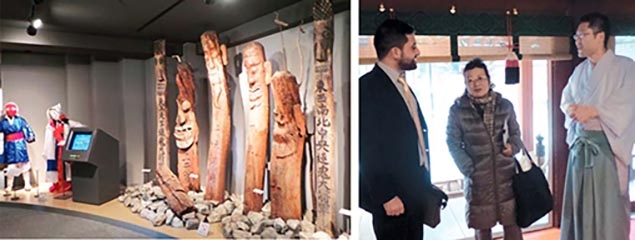
The city is home to a prestigious university with a very rich museum attached to it that has more than 280,000 pieces including 30,000 ethnographic pieces from abroad, especially neighboring countries, and 250,000 from Japan. It also has 26,000 archaeological pieces. The museum is visited by nearly 55,000 people each year, and portrays the histories of Japan, China, Korea and Taiwan in an enjoyable manner. The museum is characterized by prestige and good organization, distribution of displays and identifying them clearly and easily.
We left Tenri for neighboring Nara to visit the Todaiji Buddhist temple, which has one of the largest statues of the Buddha in the world, in a magnificent hall and beautiful building. Visitors will come across herds of deer on their way to the temple, that come close to the fence to be fed. We stayed at Nikko Nara hotel, which is the most famous hotel in the city.

(left) Temple Tenrikyo religion in Tenri (center) Famous Shinto Shrine in Nara (right) Todaiji Buddhist temple

(left) One of Sankuran Musium chambers in Tenri (right) Isonokami shrine
